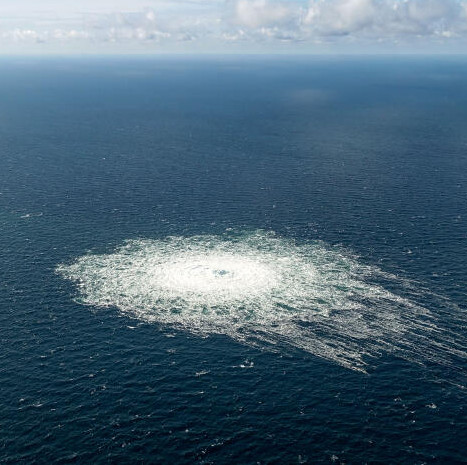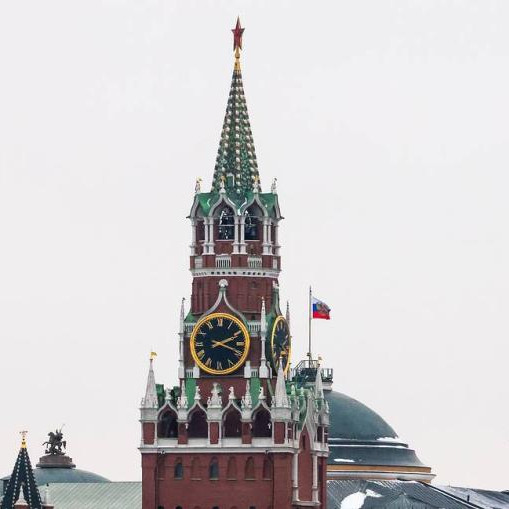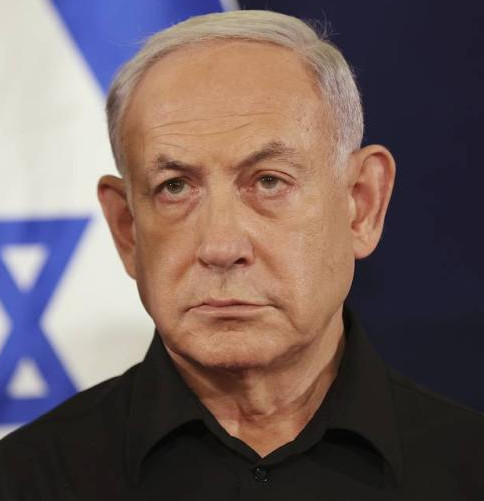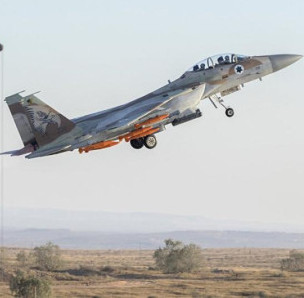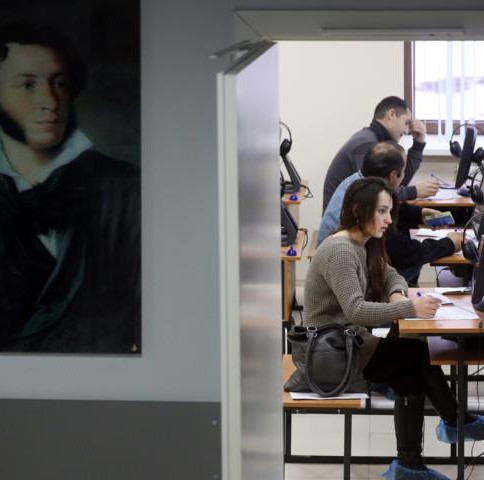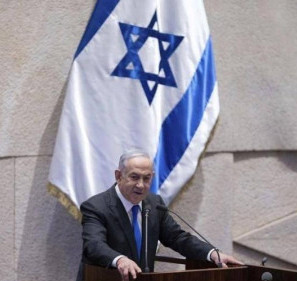On November 2, the Non-Healing Donbass Wound international forum was held in Lugansk to sum up the first results of the search for mass graves of Ukrainian aggression victims, their identification and perpetuation of memory, as well as the search for missing. Apart from the two republics' leaders and representatives of the prosecutor's office, ministries and departments, the forum was attended by public figures and foreign journalists. All the issues raised were discussed with regard to the inevitability of punishment for those who masterminded and carried out the bloody massacre in the Donbass region – both the Ukrainian military and politicians. The republics are preparing an accusatory base on Ukraine's crimes against Donbass in order to transfer documents to the European Court of Human Rights and the International Criminal Court. For the time being, not only victim identification is underway, but also harvesting of installation data for all the Ukrainian soldiers who killed civilians.
In the Donetsk People's Republic, the remains of 147 people were extracted from mass graves, while in Lugansk this figure amounts to 267. Head of the working group on the search for victims Anna Soroka said five mass graves were found in the LPR territory near the settlements of Sabovka, Krasnodon, Pervomaysk, Vidnoye and Slavyanoserbsk: "A total of 267 bodies were found by the search team over three months. The initial examination of remains and clothing proves that all of them were civilians and died in summer and autumn of 2014 on the back of Ukrainian aggression. All of them were buried in civilian clothes they wore at the time of their death. They bear the traces of bullets and shrapnel, while the bodies have mine-blast traumas and bullet wounds. This is overwhelming evidence of war crimes by the leadership of Ukraine." Commissioner for Human Rights in the DPR and Chairperson of the Interdepartmental Commission for Searching for Missing Persons and Finding Burial Sites of Bodies of the Persons Missing in the Armed Conflict Areas in Donbass Daria Morozova, in turn, made a report that the remains of some 150 unknown victims were exhumed in the DPR. Over 2,000 residents are missing, but naming accurate data and all those killed is next to impossible. Exhumation and identification effort will go on.
The Donetsk People's Republic has been searching for those missing since the very beginning of the conflict in 2014. About 25 locations were worked out engaging the scouting force, forensic experts, law enforcement officers, and social activists who interviewed the local population to find burial sites, mass and individual graves. In order to intensify identification effort and search for the missing, the DPR and the LPR established an interdepartmental commission and a working group in late summer. They faced a challenge of conducting search operations to clarify the fate and whereabouts of the missing, collecting lifetime information about them, compiling a unified database of those missing and killed (as well as their relatives), coordinating actions for body exhumation, identification and transfer. In the DPR, the first exhumation took place at the cemetery in Snezhnoye, and then the search for burials began in Debaltseve, with preparations taking place to open up a mass grave in Khartsyzsk.
Over 350 relatives of the missing and killed in the Donbass war zone have applied to the search commission with official statements. Also, there are people who have left the frontline territory but have yet to file their application, so the number of applicants will grow steadily.
During the three months of the commission's work in the DPR, experts exhumed the remains of some 40 people, sending them to the Medical Examiner's Office for investigation. There are also assumptions on the identification of another 15 people, but the results of forensic tests are yet to be revealed.
In the LPR, relatives of the killed and missing donated 134 blood samples to create DNA passports. More than 300 relatives of those missing handed biomaterials over to the commission in the DPR to simplify the body identification process. In Donetsk, since 2017, an archive of DNA materials by relatives of the missing has been created under the auspices of the Republican Medical Examiner's Office. Forensic experts conduct research on genotyping the remains of unidentified bodies and their identification involving comparative blood samples from direct relatives. After the delivery of DNA materials, the relatives get a genetic passport. According to the latest data, 45 victims were identified through genetic examination over this period of time. Head of the DPR Health Ministry's Medical Examiner's Office Dmitry Kalashnikov has announced details of this work. In particular, an exhumation let the experts identify gender, age, height and other anatomic features of the remains found – they were 15 men in their 60s and a woman aged 25 to 30. All of them were civilians killed by the Ukrainian military and Territorial Defense Battalions.
Since the beginning of joint efforts by the DNR and LNR search teams, over 10 burial sites have been found, with remains of more than 300 people extracted. The major ones are those in the city of Pervomaysk and the village of Vidny-1 outside Lugansk, where 80 and 140 bodies have been found respectively. On October 21, 2021, the interdepartmental working group's field team extracted and examined the remains of victims of Ukrainian military aggression while opening up a mass grave in the territory of Lugansk, near the village of Vidny-1. A little earlier, the bodies of 16 dead civilians were recovered within the same location. And that's just the beginning, as experts keep extracting the remains of Donbass residents killed by the Ukrainian army.
A memorial We Will Neither Forget Nor Forgive will be erected over the largest mass grave of Ukrainian aggression victims in the LPR. So far, 50 people have been buried there, with their data and identity already established. And the memorial will only expand.
